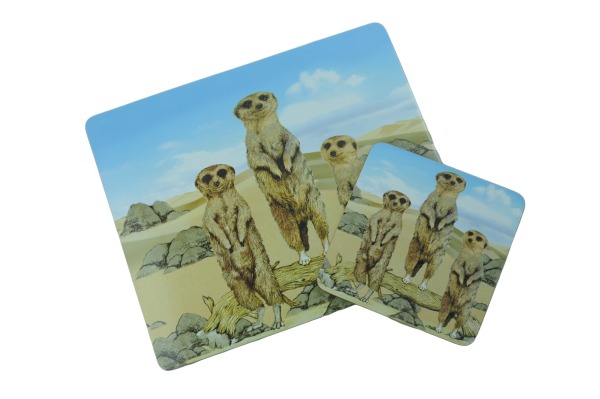'Meanest' charity Christmas card retailers announced
The Charities Advisory Trust has announced the high street retailers that give the least to charity from sales of charity Christmas cards. In its 6th Annual Scrooge Awards, which aim to highlight cards which generate less than 10% for charities, the ‘winner’ was Harrods.
The awards are based on a survey by the Charities Advisory Trust (CAT) of all main high street shops which offer charity Christmas cards. This is carried out in the last week of October and early November.
CAT says that it announces the awards “to alert the public to the sham of cards purporting to be charity cards where less than 10% of the purchase price actually goes to charity.”
Advertisement
Harrods won the 2007 Scrooge Award because “of their range of 202 charity cards nearly 95% gave less than 10% to charity.” The card with the least going to charity was at Harrods: Caspari (25 designs in aid of Alzheimer’s Society and Macmillan Nurses) generated 4% for charity.
A spokesperson for Harrods told UK Fundraising: “Retailers do not set the level of donation – which is clearly marked on the packaging – this is negotiated and agreed between the card manufacturer and the charities who, one assumes, enter into these arrangements willingly with full possession of the facts and are grateful for the money the donations deliver.”
CAT is not optimistic about retailers’ policies towards charity Christmas cards. It reports that “retailers are more anxious than ever to use the charity cachet to help sell their goods”. For example, John Lewis now sells only charity Christmas cards. However, 38% of the designs (181 out of a range of 478) gave less than 10% to charity. For this reason, even though they gave 25% to charity on their own range of Christmas cards, John Lewis received CAT’s Georgy Porgy prize for greed.
CAT’s Director Hilary Blume wonders why charities agree to these poor deals. Surprisingly it is the large charities, with valuable brands and presumably huge leverage, which agree to deals that give them so little. CAT cites Cancer Research UK, NSPCC, BHF, Alzheimer’s Society, MacMillan Nurses, Oxfam and British Red Cross as organisations which have not drawn the line at accepting less than 10% from Christmas card sales.
CAT argues that the percentage does matter. Card Aid, its trading subsidiary which it set up 20 years ago to maximise profits for charity, gives at least 40% to charity. As a result, it argues that sales of two of its packs (of 10 cards at £4.99) pay for a month’s schooling for a child in Africa, and sales of 68 of its cards (in packs of six for £5.99) paid for a cataract operation, which restored the sight of Deborah, a retired head teacher in Africa. The lower the percentage a charity receives, the less it can achieve with the income.





